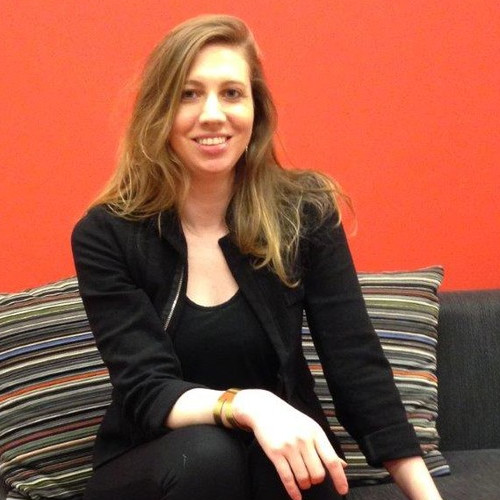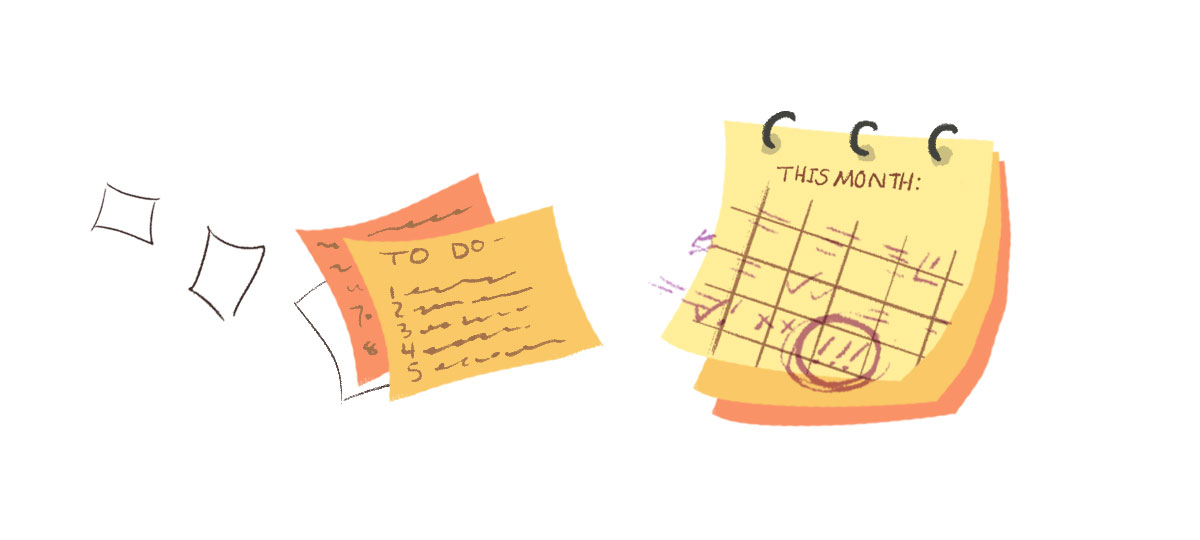Topics
January 10, 2018
.avif)


January 10, 2018
.avif)


In 2017, we spoke with researchers, designers, storytellers and People Nerds all over the world about their passion for understanding what makes people tick. We talked about where human-centric research is at, where it’s been, and where it’s going, and the myriad ways we’re all gaining a deeper understanding of people and their lived experience.
Looking back, we noticed some emerging themes. So, here are four trends we'll be watching—and talking to People Nerds about—as they continue to unfold in 2018:

There’s no denying it, data dominates our lives. But the bigger big data gets, the clearer it becomes that it raises as many questions as it answers. Data is limited, limiting, and possibly even dangerous without an understanding of the whys. And those whys can't really be understood without in-context insight.
As People Nerd Christian Madsbjerg told us, the power of intersubjective knowledge is real, and it’s critical. “If you only rely on data sets to tell you about your users, you start getting rusty and making big mistakes…. A description of a human being gleaned from observing and spending time with that person is so different from looking at the statistical data—the clicks and swipes—that a person generates. It’s a rich reality view versus a very flat reality view.
Story guru Lance Weiler echoed that data isn’t a substitute for substance, and that context and story are intertwined: “There’s a tendency to think data is a crystal ball and has all the answers, but what’s important is the human insight that makes sense of that data.” And, as we saw from projects like Paula Zuccotti’s “Every Thing We Touch,” context generates insights that we (and future generations!) simply can’t get from a segmented or partial view.

It’s clear that research and UX design are increasingly valued within organizations—but often, the demands of today’s work environment can’t accommodate long research cycles. Traditional research methodologies are often simply too slow for the pace and scale of the modern business. So as research and user-centric design become more mainstream, organizations will continue to develop new tools to democratize those practices and adapt to company needs.
At LinkedIn, the team developed a “Research Bento” program, a packaged research methodology and toolkit, which, as Director of User Experience Research Julie Norvaisas told us, “enables Designers to conduct their own bite-sized concept testing studies with guidance and just the right amount of rigor.” The program’s been a hit so far, allowing for more research integration and fostering a renewed appreciation for the research team’s work within LinkedIn.
“What’s really fun is that now it’s become a verb, as in, ‘to Bento,’” says Norvaisas. “People are saying, ‘Did you Bento that?’ or ‘I’m planning to Bento this design.’ It’s taken on a life of its own!”
Discovery-oriented research is also on the rise, as we heard from People Nerd Charles Pearson. For design-led companies like InVision, it’s a natural fit and promotes cross-functional teams. “As the adage goes, this allows us to skate to where the puck is going, rather than to where it’s been,” says Pearson.

As more industries digitize, the landscape of UX continues to grow and change. As we heard from People Nerds like Square’s Kat Lee, that means companies need to think about the industries that are far outside of Silicon Valley.
For Square, that means finding ways to foster a deeper understanding amongst their own research teams of industries they may have little experience with thus far. Initiatives like Square’s “Seller Apprentices” program get employees out into the field in ways they may never have anticipated, actually working at the small businesses that use Square’s product.
“It’s anything from running Point-of-Sale operations to folding t-shirts or scooping ice-cream,” says Lee. “It’s meant to be an immersion, allowing Squares to go ‘beyond the interview’ and work alongside our sellers and their employees.”
But UX doesn’t just mean digital. Umi Hsu told us about the City of Los Angeles’ efforts to explore the hyperlocal culture of over 200 city neighborhoods. It’s required Hsu and their team to look beyond data and what many of us have come to think about as traditional methods for finding out about new cultural happenings, like social media.
“We also want to make sure that people who are not online are served and have a voice, too,” says Hsu. “It takes an active effort, talking to people to find out what’s in the streets, what’s hot at the moment, and how people are navigating between the spaces that are no longer available to them.”
Hsu emphasizes that the project has also highlighted the imbalance that often occurs between communities that have more resources and those that have less.
For Mixed Methods podcast host Aryel Cianflone, exposing the UX industry to new ideas is critical to the community’s continued success. In the second season of her podcast, she brought in guests like mindfulness consultant Thomas McConkie to further that conversation.
“Looking at things in new ways and being open to new perspectives is such an important part of UX research,” Cianflone says. “It’s foundational to the profession.”
That’s certainly something we agree with here at People Nerds, as evidence by our conversations with journalists like Anne Helen Peterson, filmmakers like Alexandra Nikolchev, and neuroscientists like Dr. Brian Levine.

“Not enough time” and “not enough bandwidth” are two of the issues that come up the most in conversations with user researchers—and as more businesses embrace these practices, those issues will only become more acute.
Clients and leadership need to be educated about what’s possible, and expectations need to be managed. But thanks to interdisciplinary approaches to the work, new tools and a more seamless integration of those tools, speed and scale will become less and less limiting factors in a project’s—or a research teams'—success.
That may be especially important for startups who want to put products on the market as quickly as possible, or make their case to investors. As we heard from Salesforce Ignite’s David O’Donnell, for companies that need to make the case for a Minimum Viable Product, speed is critical. Leveraging the expertise of in-house or consulting teams to gain those insights quickly is key, and the development of the right tools plays a big part.
“Often it’s a question of efficiency over speed,” says Fjord’s Cotton. “Some things just take time to do them well, but there are certainly ways to be efficient about what you do. Tools like Dscout are actually really great tools for driving efficiency rather than speed.”
And, as we heard from People Nerds like Susan Kresnicka, scales that may have once seemed insurmountable for qualitative research are increasingly feasible. For “The Power of Fandom” study, Kresnicka and her team received thousands of video clips from fans over the course of a year, all detailing moments when fandom proved meaningful or important in the course of their daily lives.
“Obviously a major element of fandom is passion, so the qualitative aspect of the research was hugely important,” Kresnicka says. “We talked to a lot of people—we were doing qual in quantitative numbers, for sure.”
Carrie Neill is a New York based writer, editor, design advocate, bookworm, travel fiend, dessert enthusiast, and a fan of People Nerds everywhere.